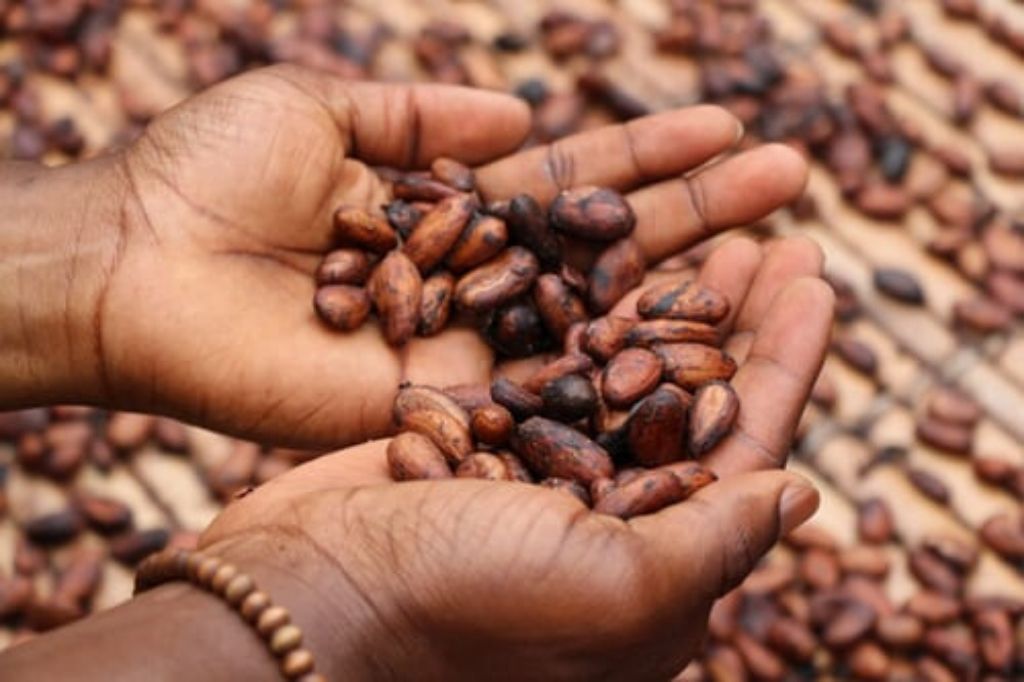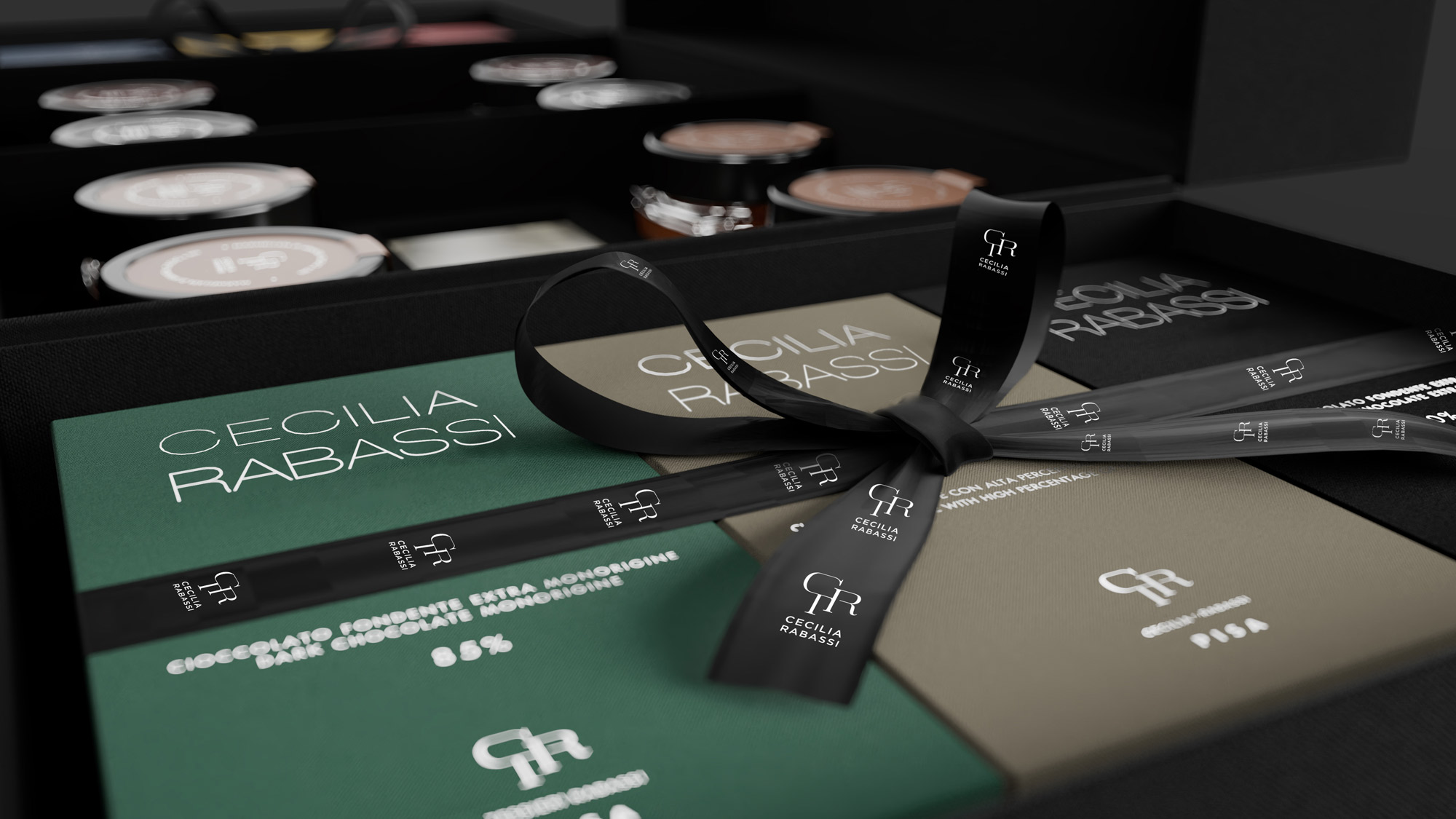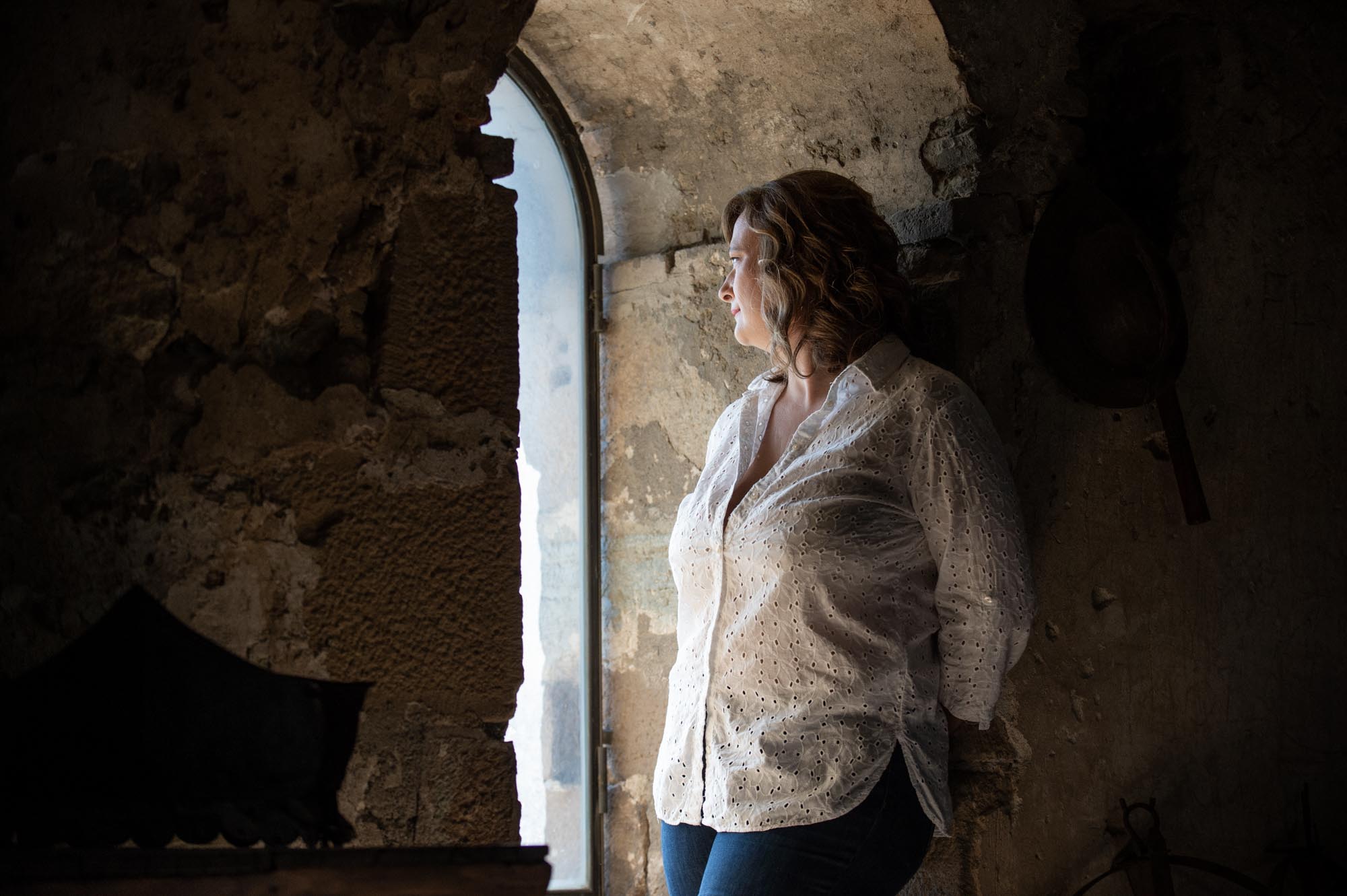
In last years we have witnessed a change in the production of chocolate: while before the quantity of the product was privileged, now both consumers and confectioners are looking for the quality of the products. The experience of tasting chocolate, in fact, has become sensory and profound, a moment to devote yourself completely and not in a distracted way. The largest cocoa harvests (almost 70%) come from the African continent: however, with the exception of Madagascar, these cocoa varieties are the result of intensive and forced cultivation and manufacturing processes not always aimed at safeguarding their quality . The same variety of cocoa chosen, the forastero, is easy to grow but not very valuable. So how did the chocolate makers react?
Chocolate producers are renewed: the bean to bar
To make up for the lack of quality chocolate, the producers have decided to return to the source, taking care of the entire chocolate production process, “from bean to bar” which means from cocoa bean to bar. So the same chocolate companies take charge of the choice of the variety to be grown, leaving space also for the research and recovery of lesser known and older varieties. Once the quality has been chosen, the time of the harvest of the pods, the fermentation, the drying, the roasting and finally the grinding follow carefully. Now the precious cocoa is ready to become chocolate. Then go to conching and tempering, up to modeling, in which the shape to be given to the chocolate is decided. The last step is that of wrapping or packaging which has a fundamental role in the success of the product, as I told you in this article. Attention to details in all these production phases is obviously essential for the success of a product. But the manufacturers have decided to do much more.
Sustainability in the production of chocolate
In their searching for a quality product, the chocolate producers have also decided to take care of the environment, creating and promoting eco-sustainable projects and helping local cocoa farmers. A raw material grown without damaging the soil and carefully will be destined to give a higher quality product. Similar projects are also the ideal opportunity to give new life to the land confiscated from the mafias and drug traffickers or to bring to life areas that have never been cultivated. We are therefore at a time when humanity and the environment return to the center of attention of chocolate producers: the same consumer is respected in his opinions and in his legitimate request for transparency in all production phases. But how has the taste of chocolate changed and how have consumers changed?
How the taste of chocolate has changed in recent years
To tell you about the change in the taste of chocolate, I have to go and dig up the memories in my mind. As we said, tasting is a deep and personal sensorial experience and therefore it is only from a subjective point of view that I can give you an idea. I remember that when I was a child I loved eating Easter egg decorated with dark chocolate flowers.
I was waiting for Easter to eat that delicious egg, to savor all the taste of extra dark chocolate. Today, however, chocolate is completely different. The taste of consumers has refined, there are many types of dark chocolates and the legendary dessert of the most beautiful moments has become a small gift that we make and we love to do to friends and loved ones.
It is strange to see how the culture and knowledge of a product, whose main material, cocoa beans, comes from distant countries, has come so far. Over the years, consumers have become more attentive: they increasingly love to discover and taste different aromatic chocolates, with cocoa percentages ranging from 65% to 90 – 95%. And then they go in search of chocolates composed of cocoa beans with different origins: so they discover single-origin chocolate (made with raw material from a single one), blend (composed of seeds that come from different countries) and combine them with liqueurs, spirits , sweet wines, red wines, tea.
To give life to the great aromatic charge that the quality dark chocolate releases in our mouth and that gives us great satisfaction, it took years of work by men and women, who studied the genetic qualities of cocoa, even those that had been lost over time, and have recovered them in nurseries and agricultural universities, located mainly in tropical countries, and then replanted to obtain better quality.










